Trixie Mattel: Moving Parts is the story of the intense grind and constant doubt of a folk musician who happens to look like a ridiculous Barbie.
Trixie Mattel was born from Brian Firkus in a small town in Wisconsin and evolved into the “Skinny Legend” we know and love today. You don’t know her? Her name is a great way to understand this person: a homage to Brian’s lifetime love for Barbie (hence “Mattel”) and “Trixie” from a nickname that Brian’s former alcoholic, abusive, homophobic, transphobic stepfather called Brian because of his apparent femininity. And that is Trixie Mattel — a combination of a painful upbringing and a passion for the representation of plastic womanhood.
(Note: Like many men who are drag queens, Trixie uses she/her pronouns while in drag and he/him out of drag. I’ve tried to use pronouns in this article as they are used in the film.)
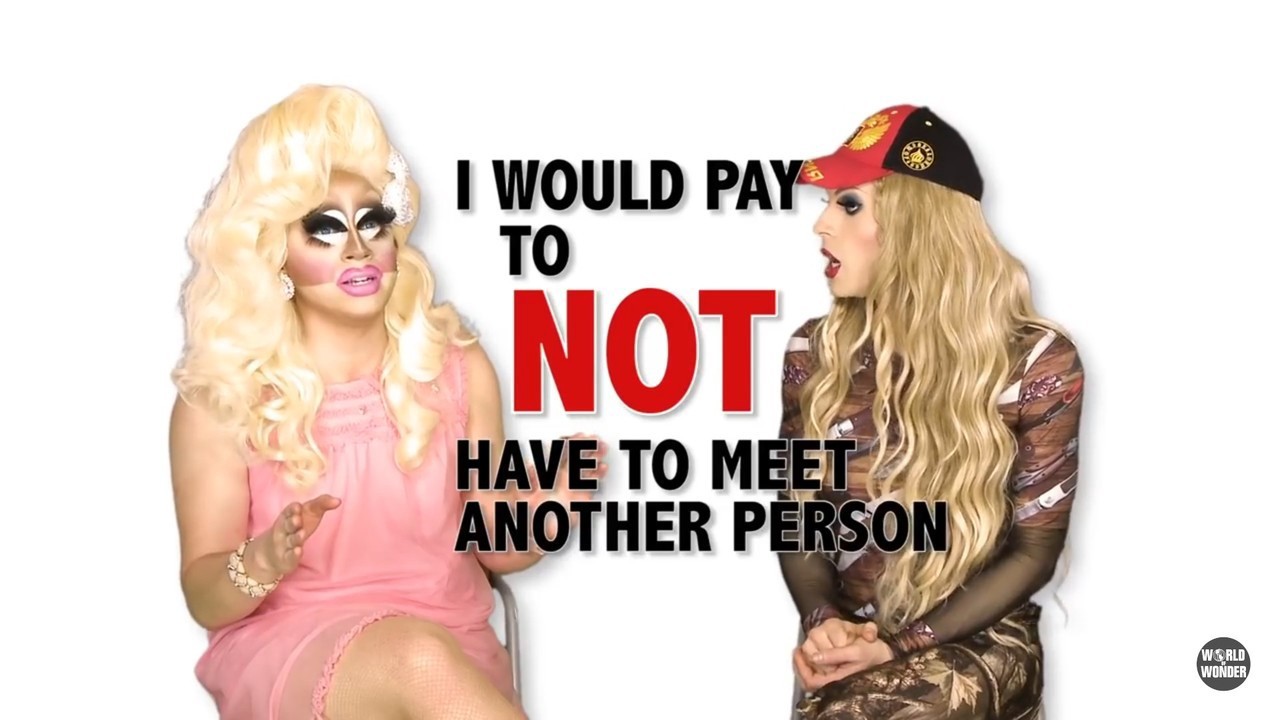
I first discovered Trixie on her YouTube series with Katya Zamolodchikova called UNHhhh. Trixie’s quick and bone dry wit is perfectly edited with Katya’s insanity to make for great 8–9 minute hilarity. Trixie and Katya forged a friendship after both competed (and lost) on season 7 of RuPaul’s Drag Race. After the season ended, their YouTube show garnered enough attention to get picked up by Viceland. Trixie Mattel: Moving Parts really starts there.
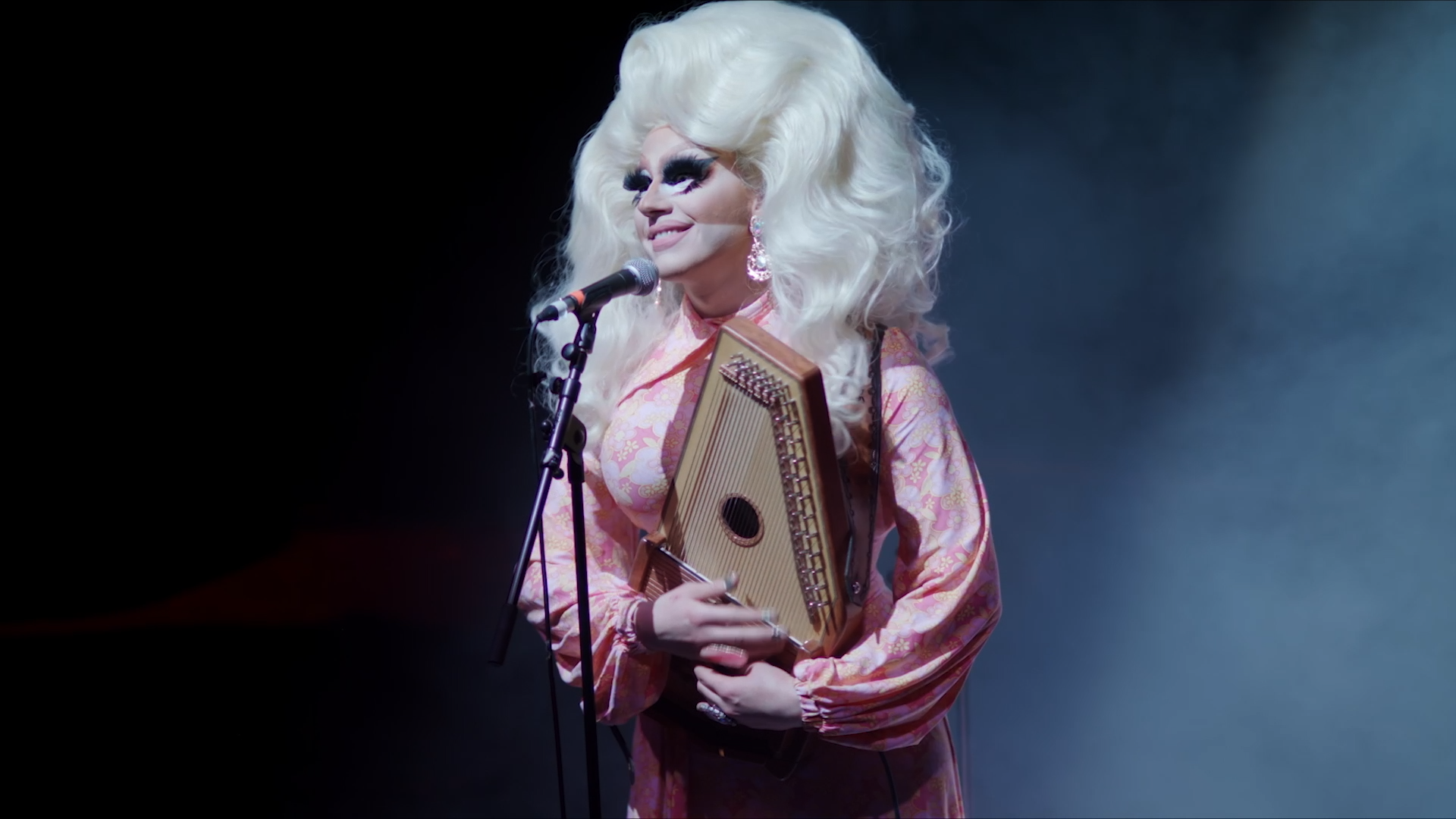
Construction and Deconstruction
Much of Trixie Mattel: Moving Parts gives the audience a glimpse at the construction and the deconstruction of this drag queen’s life. The amount of time spent getting into character is insane. It’s obvious that Trixie has a lot of makeup on, but the detail, time, and dedication behind the application of makeup is an art… and layered, literally and figuratively. Trixie and Jinx Monsoon lament that drag is stupid until the last ten seconds — when the makeup is done, the waist is cinched, the wig is on, it is perfection in every individual iteration.
We see the sets built and taken apart. The audience sees that while the drag shows are fun, funny and glamorous, it’s A LOT of work. These women have created a fantasy world for their audience. As Trixie explains in the beginning, drag can be silly and ridiculous, but the performers take that seriously. The illusion, as obvious as it is, is important.
Trixie quotes Katya stating, “Drag, at its best, is still a failure.” For her drag, Trixie explains that the audience is aware that she is not a woman, but it is the collective suspension of disbelief. However, there is a difference between the audience participating in the fantasy (live shows) and the audience criticizing her drag (Drag Race). The stress of doing drag comes from judgment and loss of control. The pressure of achieving some success and being in the (nuanced) public eye is not easy for Trixie to handle.
Never Good Enough — Spoilers Ahead
“I like my men like I like my coffee… incapable of loving me back.”
A running theme of the movie is never feeling like enough. Brian feels like a bad person and bad friend when his relationship with Katya falls apart. He hides behind a curtain when room service arrives because he doesn’t “want to make people uncomfortable.” Trixie exudes confidence but is extremely self-deprecating.
The editing of the film reflects this as well. The filmmakers don’t bask in any successes — just keep it moving to the next gig. After Trixie wins season 3 of RuPaul’s Drag Race: All-Stars, she participates in a roast the following night, followed by a scene where she is paying off her mother’s credit card bill and passively begging her mother to attend her upcoming show. No rest.
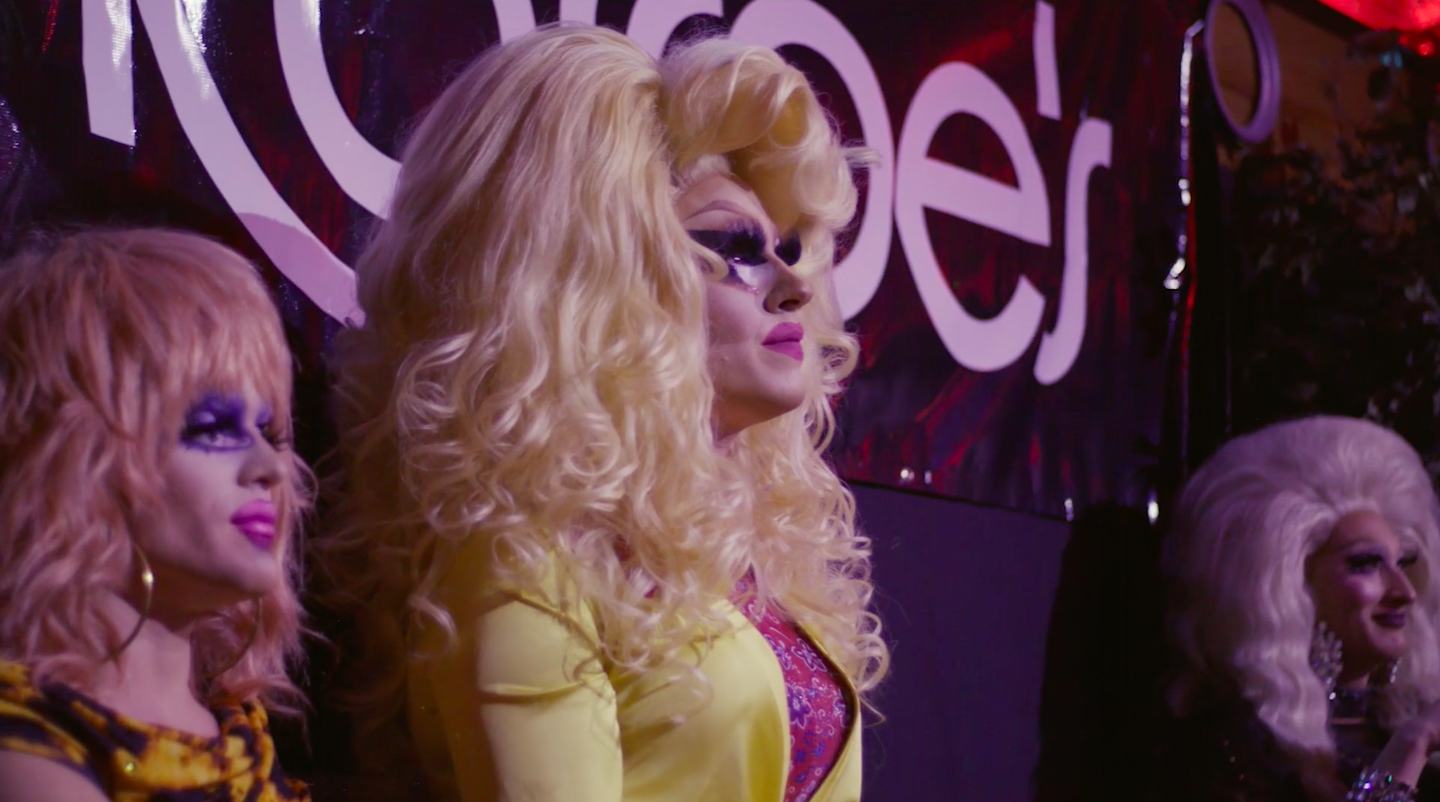
Trixie Mattel and Brian Firkus
“I was the poorest kid in my school, poorest kid in my town, poorest family. That stayed with me forever.”
The heartbreak of an abusive childhood and growing up in poverty as a gay Native American was clearly traumatic. The stories Brian shares about his childhood in this film are heartbreaking. Brian explains that he didn’t know that everyone didn’t grow up with abuse — to him, it was normal. He still doesn’t understand why his mom let CPS take him out of his home at age 13 and place him with his grandparents. I am no psychologist, but Brian seems to somehow have a strong grasp on boundaries, friendship, and empathy. He is trying.

Brian explains that Trixie is a fantasy identity — Trixie is everything Brian is not, or is too afraid to be. Trixie is a way for Brian to say whatever he wants, to look however he wants, and to manifest a part of himself.
“Trixie Mattel is a product of bad things that happened to me, and it’s how I deal with things. It’s wonderful.”
Brian might not have the courage, or audience, to perform his folk songs. Trixie is more than just a gimmick created to distinguish Brian from the other folk musicians looking for a big break. Trixie is able to smile and laugh and emote more than Brian is able to in the entire film. Trixie needs Brian and Brian needs Trixie. They are one person with two identity outlets.
Community
Trixie Mattel: Moving Parts is part tour documentary and part love story. Trixie’s career is growing before our eyes and the successes keep building. All of this is almost lost on Trixie, who is constantly hurting because of her fractured friendship with Katya. She admits that she doesn’t like doing drag shows on her own as much as she likes doing them with Katya. This friendship is the most fulfilling and the community is the most stabilizing.
“Mental health and sobriety is not a straight line, and Drag Race is a family, and we support our family members through anything.”
Trixie Mattel: Moving Parts is never mean. There is no bad guy (or girl or person). The queens all support one another, are self-deprecating and self-obsessed, and respect the hard work that each has to do to get this far. I am sure that there is a lot of drama as within any community, but in this film, we see only support. In one scene, some queens like Ben De La Creme and Kennedy Davenport are supporting Trixie while discussing their support for Katya. The viewer can see, without any background information, that these drag superstars have all had their own struggles, making them completely empathetic with each other’s struggles. And the leader is RuPaul, who only makes a brief appearance in this movie, but is credited for giving Trixie a platform.
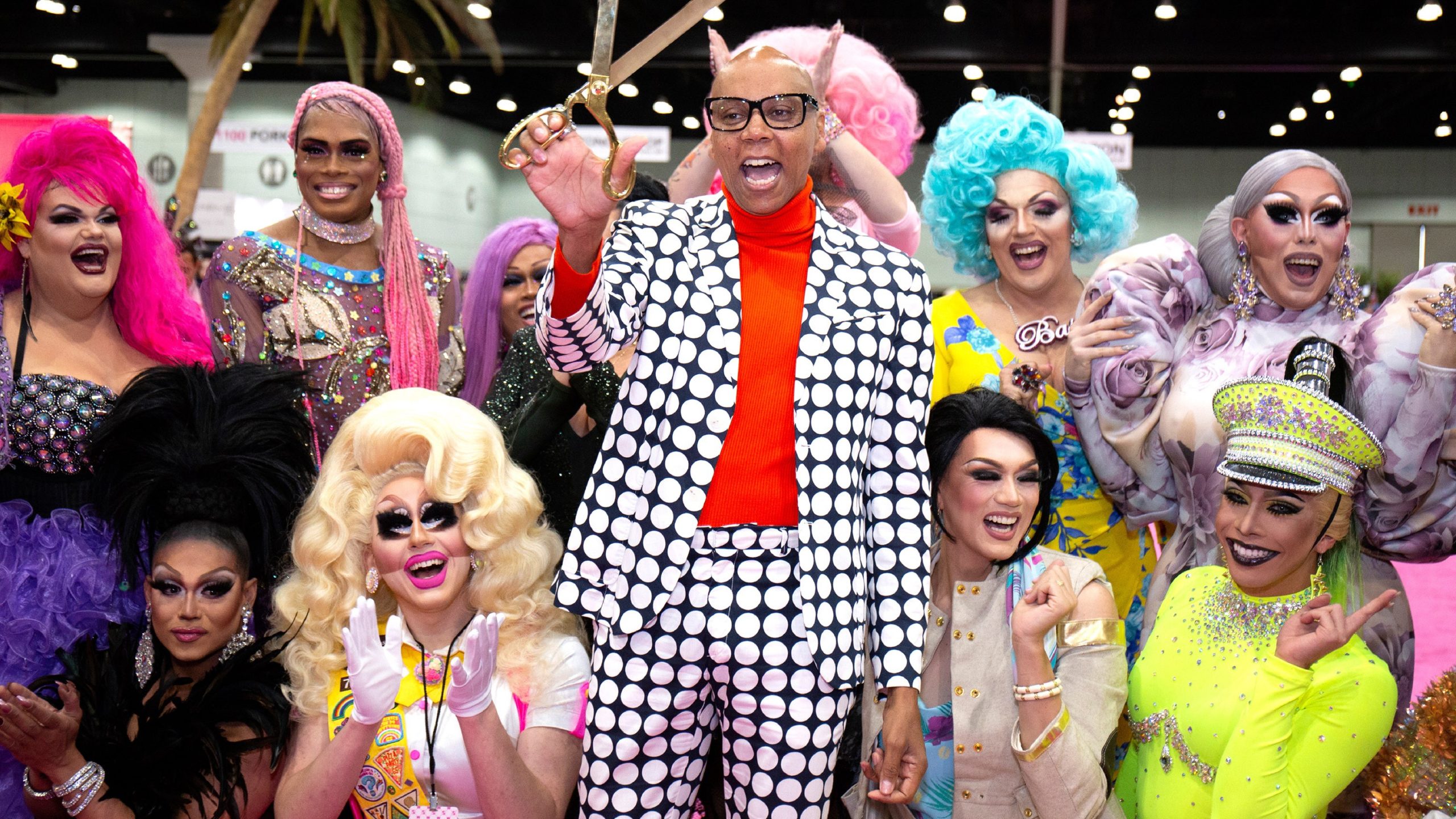
Drag Race is internationally successful, and beyond the queens featured on the show, its success normalizes drag. RuPaul has created a platform that can carry drag queens all over the world. Drag celebrates individuality, and the multi-faceted nature of being human. You can be a man and a woman. You can be Brian and Trixie — these identities are not mutually exclusive.
There are many criticisms of RuPaul’s Drag Race and its effect on the assumptions about drag, drag performers, LGBT people, and gender roles to name a few. However, this film is one person’s story — a year in the life of Trixie Mattel. If nothing else, we learn that drag is not all fun and games. It is intense and hard work. Harder work if you are a drag queen with mental health or addiction issues. Harder work if you are not a breakout star from the television show. Harder work if you are not White. Harder work if you don’t have a supportive family. Harder work if you come from poverty. But the representation of a small percentage of drag queens is a start, and we see it in the fan reactions.
Trixie Mattel: Moving Parts is available on Netflix and Amazon Prime.
(This article was originally published by Sarah Erskine on Medium.)
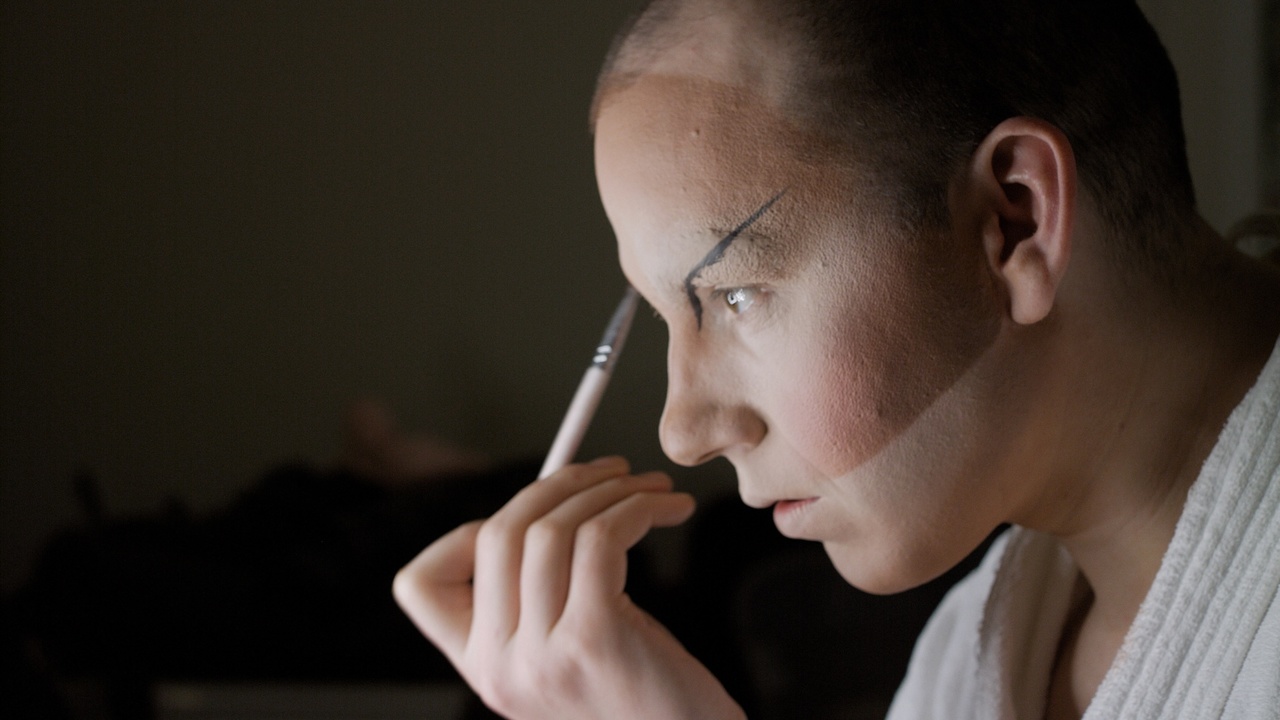
Comments